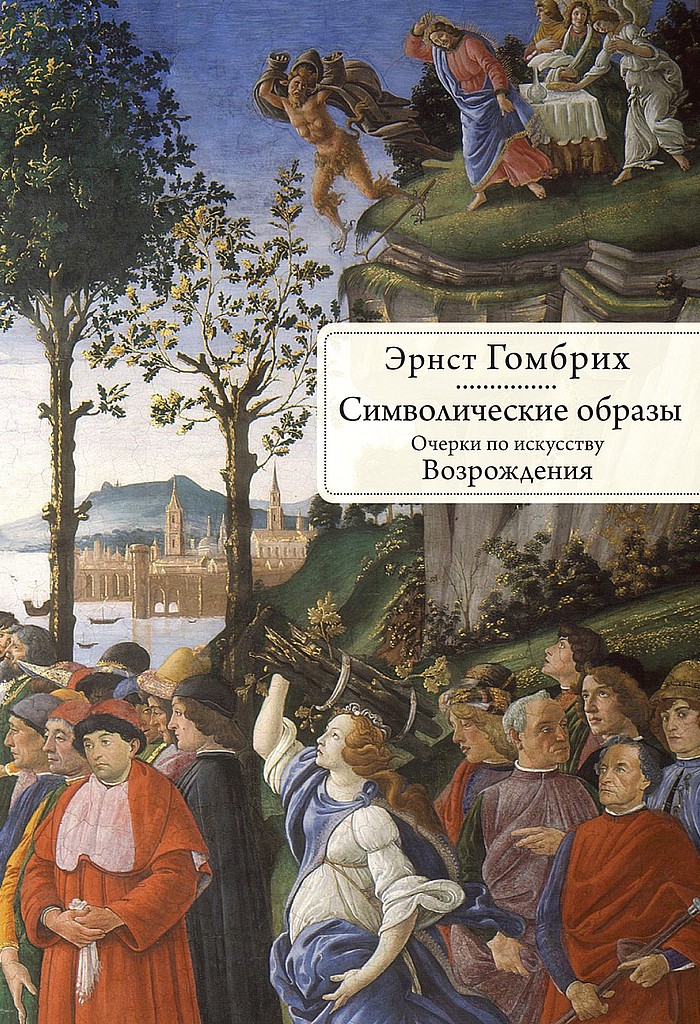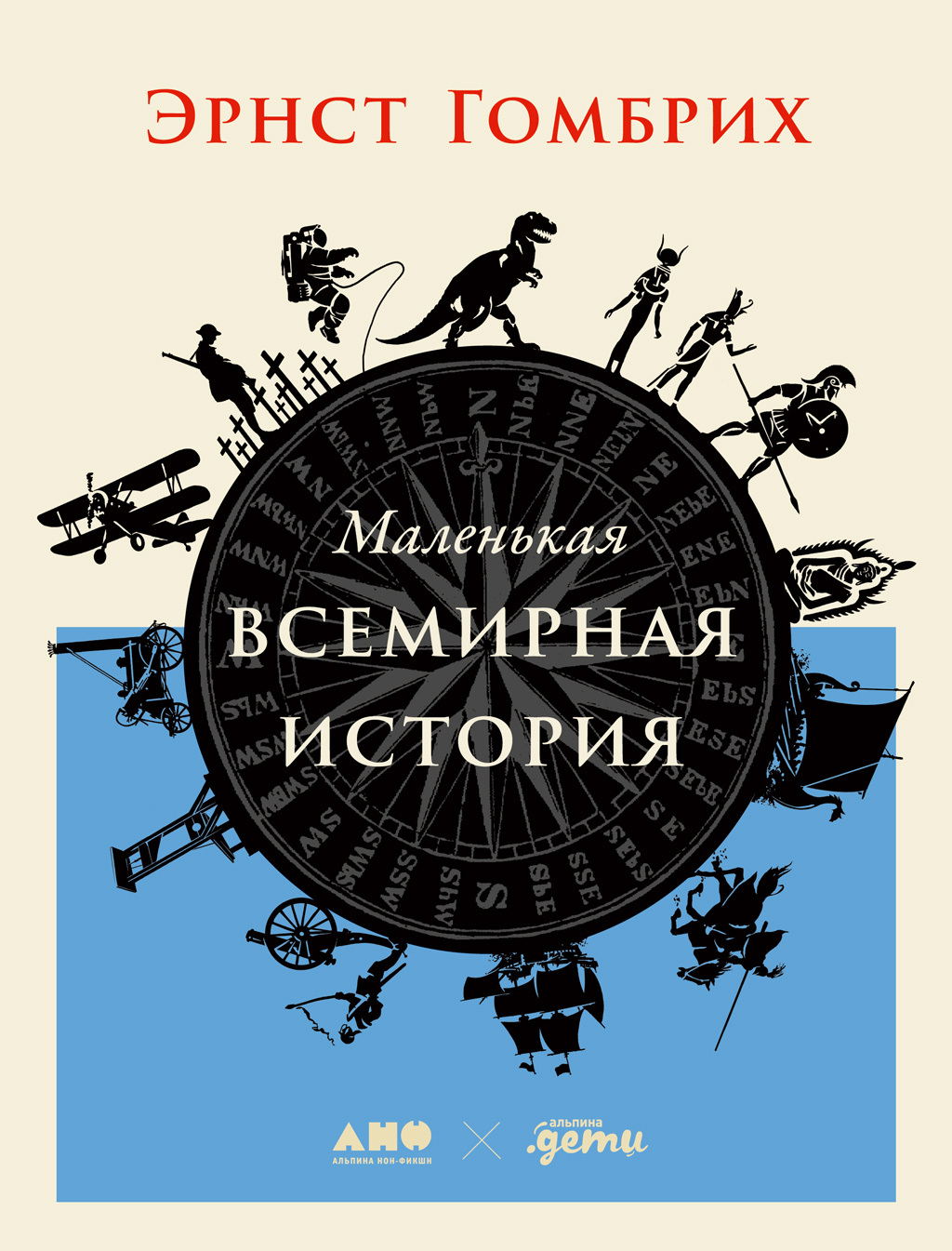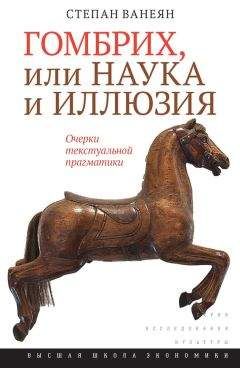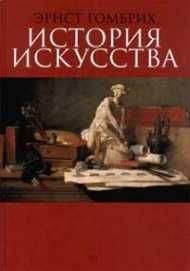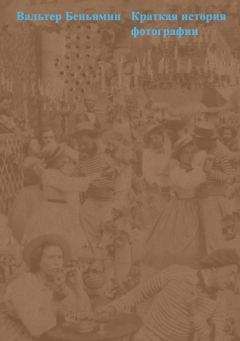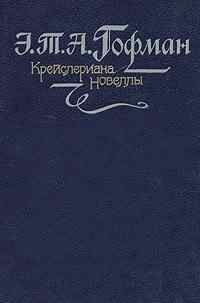Schule von Athen», Die graphischen Künste, Bd. V. 1883, p. 87.
Franz Wickhoff, «Die Bibliothek Julius’ II», Jahrbuch der Königlichen Preußischen Kunstsammlungen, 1893, no I.
См. Pope-Hennesy, op. cit., ch. IV, note 20.
Heinrich Wolflfin, Die klassische Kunst (München, 1904).
Julius von Schlosser, «Guistos Fresken in Padua und die Vorlaufer der Stanza della Segnatura», Jahrbuch der Kunsthistorischen Sammlungen des Allerhöchsten Kaiserhauses, Bd. XVII, 1896, pp. 13–100.
Ср. L. Dorez, La cozone delle Virtu e delle Scienze, Bergamo, 1904, chapter IX.
Vincenzo Golzio, Raffaello nei documenti, nelle testimonianze dei contemporanei e nella letetratura del suo secolo (Citàt del Vaticano, 1936), p. 14.
Fiorenzo Canuti, Il Perugino, 2 tt. (Siena, 1931); vol. I, pp. 138–9.
Karl Müllner, Reden und Briefe italianischer Humanisten (Wien, 1899).
Vasari, Milanesi, vol. IV, pp. 335–6.
Книги, которые держат эти два философа, «Тимей» и «Этика» во времена Рафаэля как таковые не существовали, не было их отдельных итальянских переводов.
A. Springer, loc. cit.
Cicero, de oratore, I, 9.
Cicero, Pro Archia poeta, I, 2.
Gregorii Tipherinii de studiis literarum oratio, Müllner, op. cit., pp. 182–91.
Poggio Bracciolini, Oratio in laudem legum, Eugenio Garin, ed., La Disputa delle arti nel quattrocento (Florence, 1947), pp. 11–15.
Ed. cit., pp. 11–12.
Golzio, op. cit., p. 24.
См. введение к этой книге, стр.1 и далее.
См. в этой книге, стр. и далее.
Iohannis Argyropuli, Die III. Novembris 1458, hora fere XIV., In libris tribus primis Physicorum, Mullner, op. cit., p. 43.
См. мой очерк «The use of art for the study of symbols», The American Psychologist, vol. 20, 1965, впоследствии переизданный в James Hogg, ed., Psychology and the Visual Arts (Harmondsworth, Middlesex, 1969).
Oskar Fischel, Raphaels Zeichnungen, Bd. 5 (Berlin, 1924), Bd. 6 (Berlin, 1925).
John White, «Raphael and Breugel. Two Aspects of the Relationship between Form and Content», The Burlington Magazine, vol. CIII, no 699, June 1961; и Pope-Hennessy, op. cit., pp. 58 f.f
Wolflfin, op. cit.
Wolflfin, op. cit.
Mario Praz, Studies in Seventeenth-Century Imagery, 2 vols., Studies of the Warburg Institute, 3 (London, 1939).
См. выше, примечание 29. Гипнеротомахиана
Это — переработанный вариант статьи, опубликованной в The Journal of the Warburg and Courtauld Institutes XIV. 1951, pp. 119–125.
Karl Giehlow, «Die Hieroglyphenkunde des Humanismus in der Allegorie der Renaissance», Jahrbuch der Kunshistorischen Sammlungen des Allehöchsten Kaiserhauses, XXXIII, 1915.
«Entro Bramante in capriccio Belvedere in un fregio nella facciata di fuori alcune letetre a guisa di jeroglifi antichi, per dimonstrare maggiormente l’ingegno ch’ aveva, e per metetre il nome di quel pontefice e’l suo; e aveva cosi cominciato: Julio II Pont. Maximo, ed aveva fatot fare una testo in profilo di Julio Cesare, e con dua archi un ponte che diceva: Julio II Pont., ed una aguglia del circolo Massimo, per. Max. Di che il papa si rise, i gli fece fare le letetre d’un braccio che ci sono oggi alla antica, dicendo che l’aveva cavata questa sciocceria da Viterbo sopra una porta, dove un maestro Francesco architetotre messe il suo nome in uno arcitrave intagliato cosi, che fece un San Francesco, un arco, un tetot, ed una torre, che rilevando diceva a modo suo: Maestro Francesco Architetotre». Vasari, Milanesi, IV, p. 158. В первом издании 1550 этого отрывка нет.
Репринт первого издания Альда Мануция (1499) издан в Лондоне в 1904.
Hypnerotomachia fol. p. vi, verso; Giehlow, loc. cit., p. 54.
Хорошо известен интерес к иероглифам в Риме времен Браманте. Ср. Giehlow, loc. cit., p. 97.
Mario Praz, Studies in Seventeenth-Century Imagery, I, Studies of the Warburg Institute, 3 (London, 1939), p. 192.
Giehlow, loc. cit., p. 40 sqq. Согласно Vasari, Milanesi, loc. cit., архитектор Франческо был Пьерфранческо да Витербо, но никаких подтверждений этому нет.
Giehlow, loc. cit., pp. 43 f.f, и F. Saxl, Lectures (London, 1957), vol. I, pp. 186–8.
Дневник Paride de Grassis, ср. V. Golzio, Rafaello nei documenti, nelle testimonianze dei contemporanei e nella letetratura del suo secolo (Citàt del Vaticano, 1936), p. 14.
Ср.: Giehlow, loc. cit., pp.97 и 115 sq.
L. Pastor, History of the Popes, VI (London, 1898), pp. 479 и 655.
По поводу роли «Обелиска Цезаря» в исследовании иероглифов ср. Giehlow, loc. cit., pp. 30 sqq. и p.54.
Egidio da Viterbo, Historia viginti secolorum, Cod. C., 18, 9, Biblioteca Angelica, Rome, fol. 245: «… ad religionem facere ut templum ingressurus facturusque rem sacram non nisi commotus atotnitusque novae molis aspectu ingrediatur… animos quoque expertes immotos perstare,
